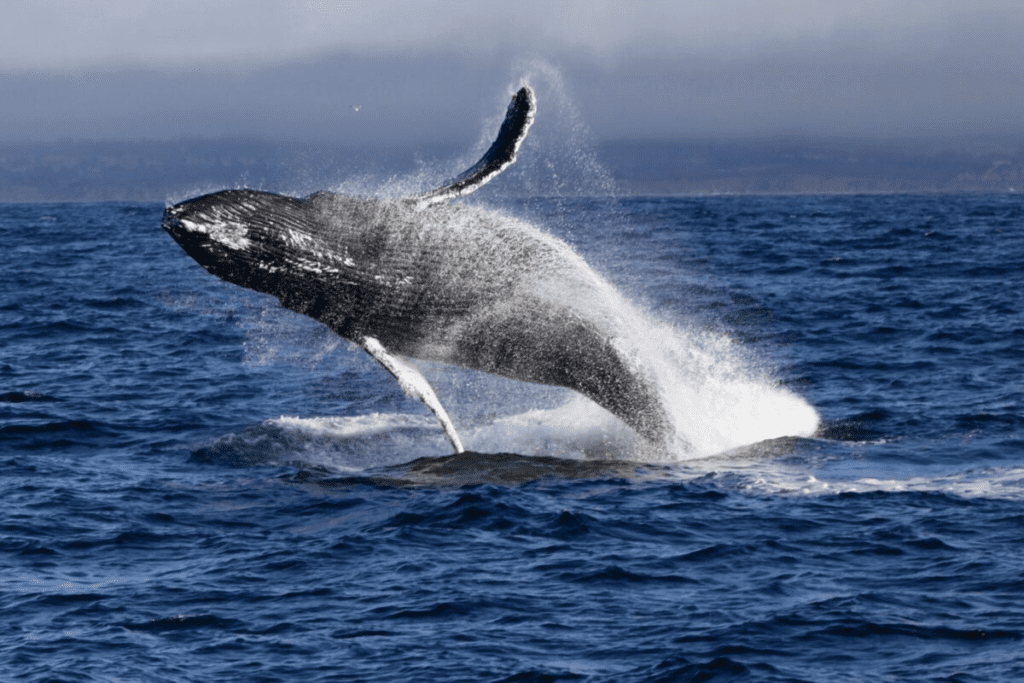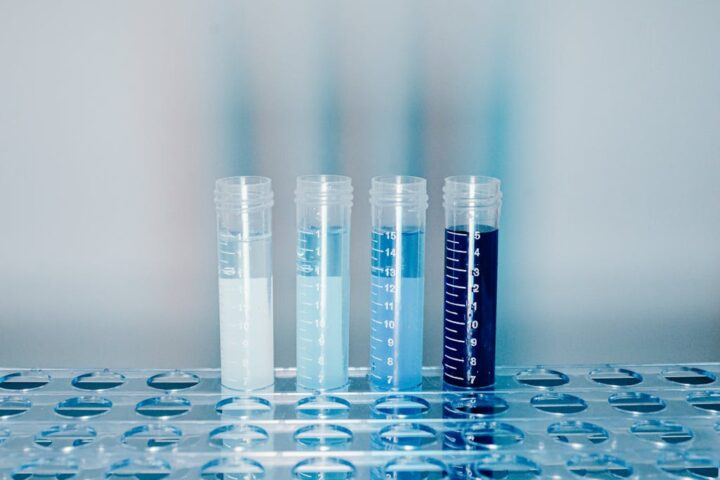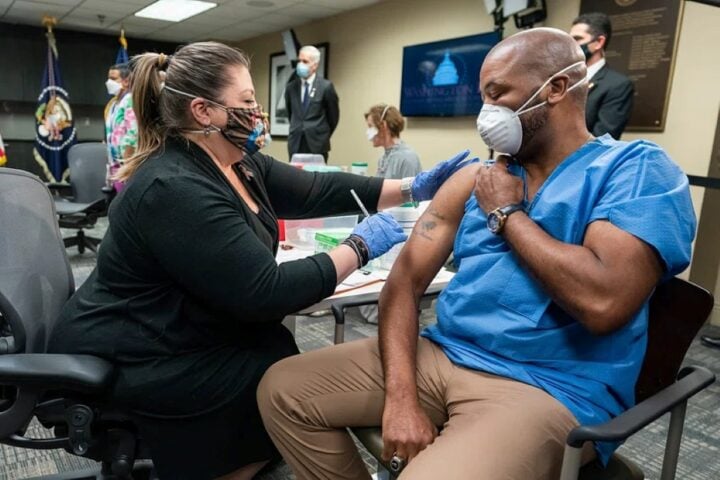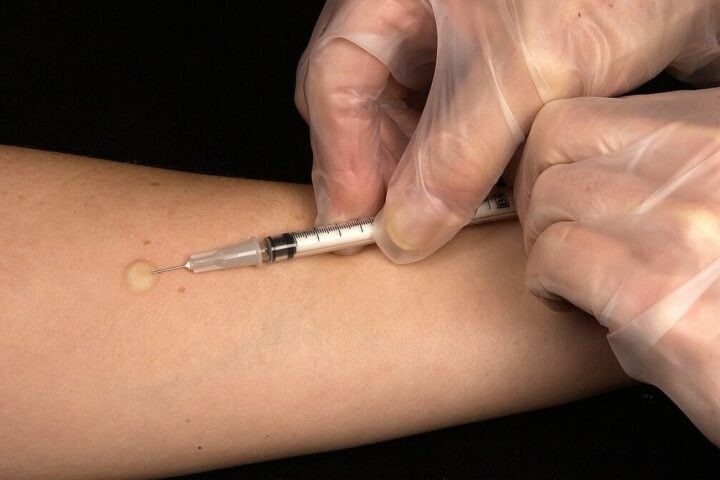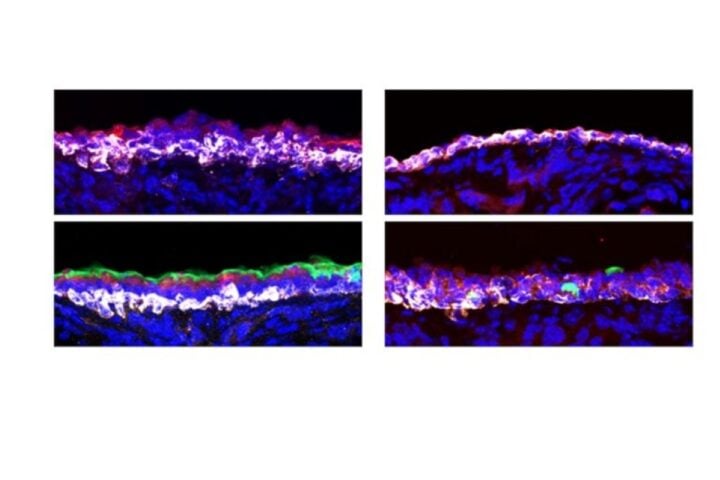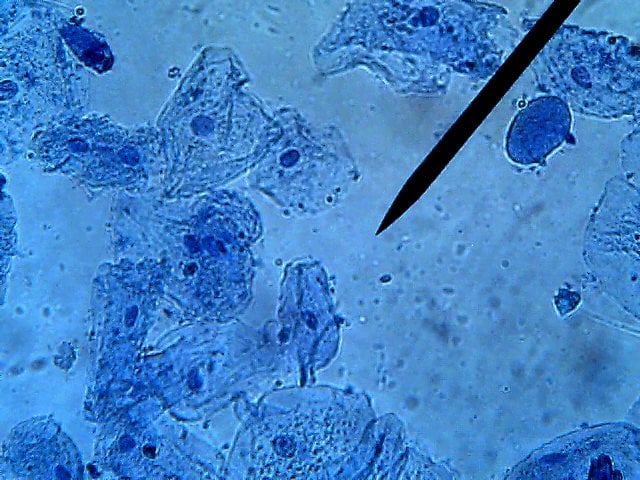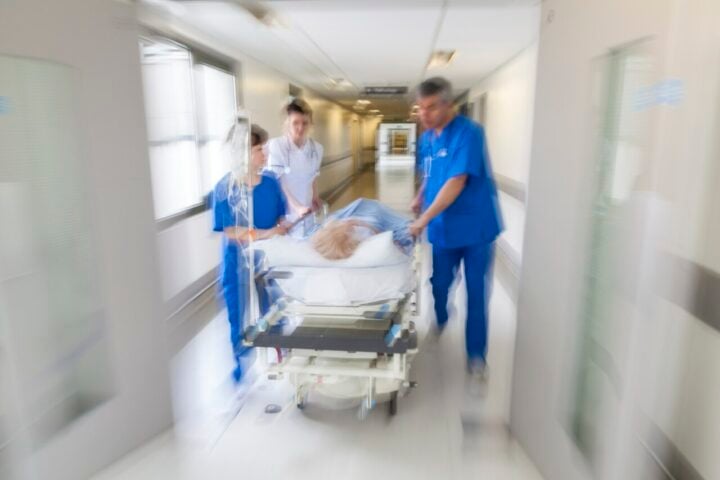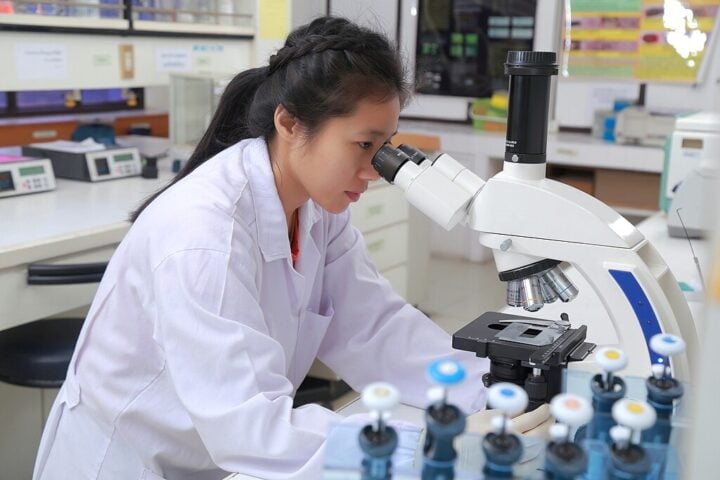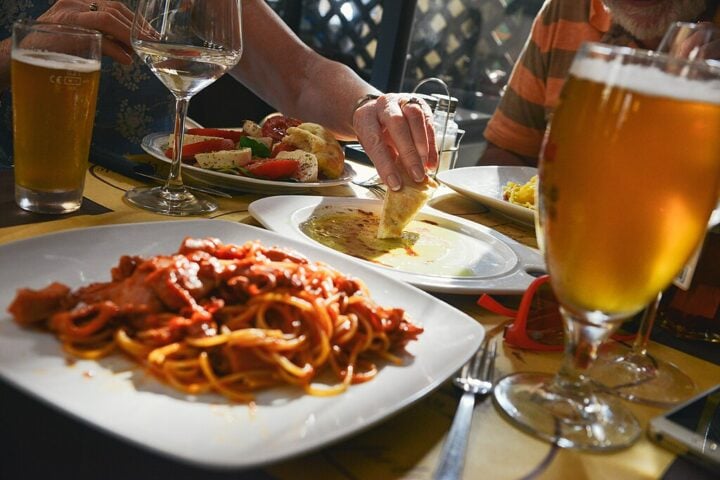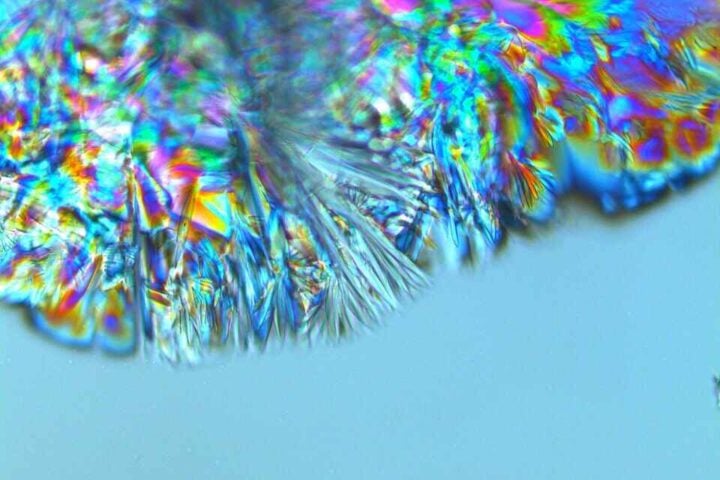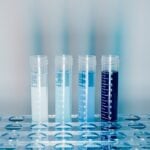Microplastics have been found in many unexpected spots and it might be hard to believe the many bizarre findings. Many studies have come to surface this decade revealing the grim side of the plastic menace.
For the first time, traces of microplastics have been found in the bloodstream of people. Plastic particles were found in nearly 80% of the people who were part of an elaborate study.
The study was carried out at Vrije Universiteit Amsterdam in the Netherlands by Prof Dick Vethaak, an ecotoxicologist and his team. They acquired blood samples from 22 non-fasting adults who volunteered for study. The blood samples were tested in order to detect polymers including PMMA, PP, PS, PE and PET.
PET particles were found in almost 50% of the blood samples. PET is the type of plastic used for bottling drinking water and soft drinks. Polystyrene (PS) plastic that is used for food delivery packaging was found in 36% of all donors. PMMA was detected in 5% of the blood samples. PMMA is sometimes also known as acrylic glass and mostly found for industrial use. Polyethylene (PE) is used to make the most common single use plastic bags and for many other packaging purposes. PE was found in 23% of the donors.
The effects of micro or nano plastics present in the bloodstream needs more study. The research does not negate the possibility of the microplastics from entering the organs. Issues around bioaccumulation need more studies but already available findings don’t rule it out.
The plastic would only reach the bloodstream by ingestion or inhalation. The entry via skin won’t be possible unless a wound or damage exists. As per report airborne particles between 1 nm and 20μm are considered respirable. Extremely small particles will settle in the lungs but larger particles will be coughed out. As the applications of microplastic are found in a wide range of products from lip gloss to toothpastes, research on biological effects of microplastics remains essential.
Past Findings Reveal The Presence Of Microplastics
- Honey and Honeybees
- Beer
- Fish and seafood
- Table Salt
- Bottled Water
- Human waste
- Henderson Island
- The Mariana Trench
- Rain
- Human Placenta
In popular literature microplastics are described as fragments of any type of plastic less than 5 mm in length. They cause pollution by entering natural ecosystems from a variety of sources, including pet bottles, food delivery packaging, cosmetics, clothing, and industrial processes.
How do these microplastics, which are smaller than a grain of rice, concern us?
Microplastics come from plastic that breaks down into such small pieces that cannot be recycled. Small fragments that are recyclable, when exposed to excessive heat, wind, waves, or any external pressure often turn into microplastics. These fragments often are penetrable through sieves, they flow through the drainage systems and pass through pipes to mix into the water that is thrown into the oceans.
We even consume microplastics unknowingly, and it is coming as a shock that microplastics are now found in many unusual items.
According to Recycle Nation, microplastics have been found on Bees, in products like Honey, including beverages like Beer and Bottled Water.
Studies have shown that the microplastics that get mixed into the ocean are often consumed by fish and other aquatic animals. And when consumed fish or any kind of sea foods, these microplastics enter human bodies too. They are hence also found in human waste when examined.
Table Salt is another product that we consume daily and is also brimming with microplastics. With so much plastic in the ocean, it’s probably not surprising to learn that microplastics have been found in Table Salt. Tiny parts of plastic filament, plastic film, and plastic fragments were found on brands from countries like Australia, France, Japan, New Zealand and Portugal.


